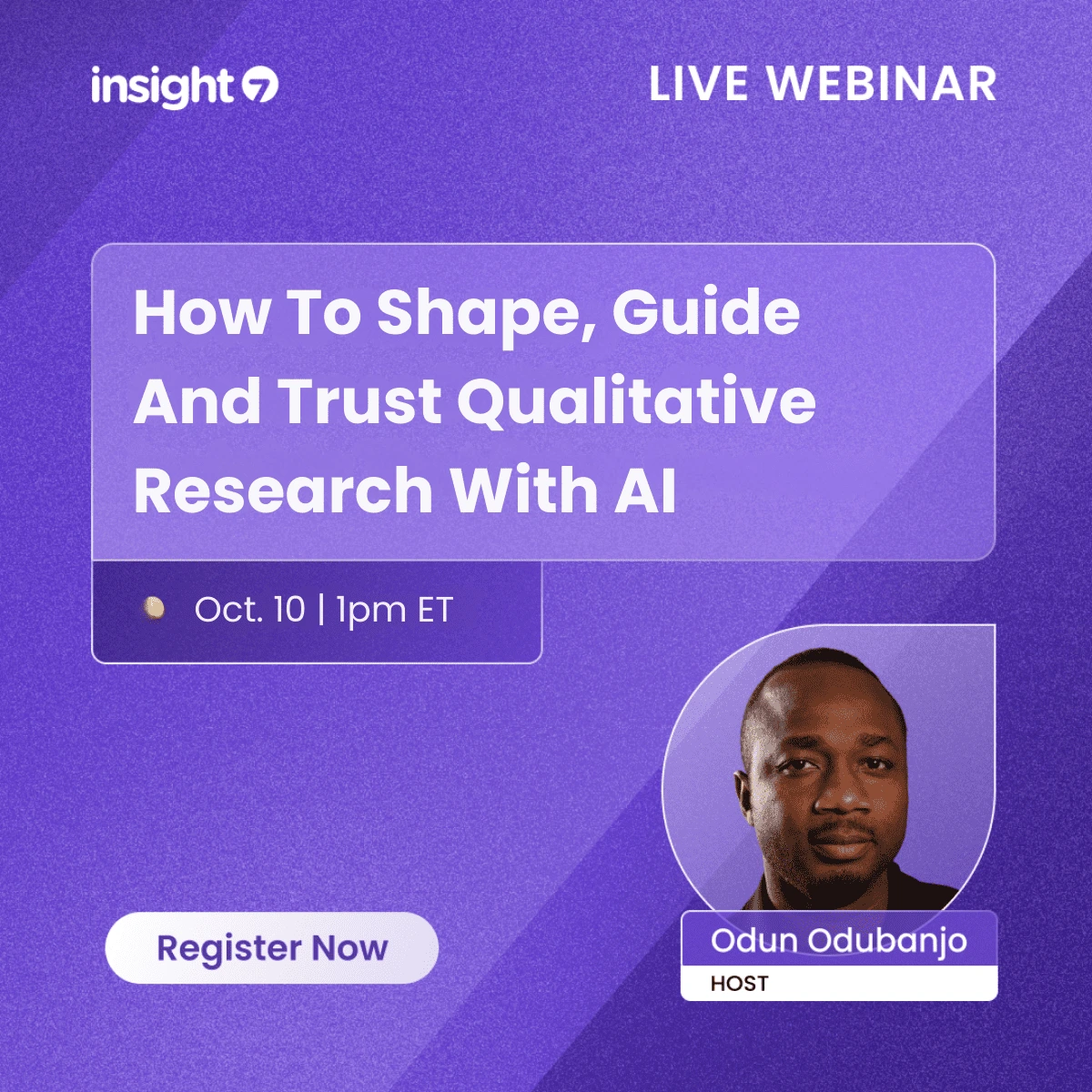Call Analytics Tracking vs. Traditional Reporting: Key Differences
-
Bella Williams
- 10 min read
Understanding the differences between call analytics tracking and traditional reporting methods is crucial for organizations aiming to enhance customer interactions and drive sales. In today's competitive landscape, businesses must leverage data effectively to improve decision-making, customer experiences, and ultimately, revenue. This article delves into the key distinctions between these two approaches, highlighting the advantages of adopting call analytics tracking.
Current Market Urgency for Call Analytics Tracking
Organizations often face challenges in sales, service, and customer experience due to a lack of understanding of customer sentiments and behaviors during calls. This gap can lead to missed opportunities and inefficiencies, hindering growth. Traditional reporting methods have fallen short as they typically rely on limited data sets and manual processes, resulting in delayed insights and reactive strategies.
The rise of AI technologies and heightened customer expectations for personalized experiences have made it imperative for businesses to leverage real-time data analytics. Companies that fail to adapt risk falling behind competitors who utilize advanced analytics to understand their customers better and respond proactively.
What Is Call Analytics Tracking in Simple Terms?
Call analytics tracking refers to the systematic collection and analysis of data from customer interactions over the phone. This approach enables businesses to understand performance metrics and customer sentiments in a way that traditional reporting cannot. Unlike legacy methods that often aggregate data without context, call analytics provides detailed insights into conversations, allowing for a deeper analysis of customer needs and agent performance.
By adopting call analytics, organizations can unlock outcomes that were previously unattainable, such as proactive decision-making, personalized customer interactions, and targeted training programs based on real conversation data.
What Can Organizations Actually Do With Call Analytics Tracking?
- Real-time sentiment analysis → Improved customer satisfaction and resolution rates
- Automated call scoring → Enhanced training and performance management
- Trend identification → Informed strategy adjustments based on customer feedback
- Integration with CRM systems → Streamlined workflows and enriched customer profiles
Corporate Investment Trends in Call Analytics Tracking
Increased competition and the need for customer-centric approaches are driving organizations to invest in call analytics. This technology directly addresses pain points such as missed follow-ups, lost deals, and poor training by providing actionable insights that help mitigate these issues. The ability to analyze calls in real-time allows businesses to personalize customer interactions and improve forecasting accuracy, making call analytics an essential investment for growth.
What Data Makes Call Analytics Tracking Work?
Essential data for effective call analytics includes call recordings, customer profiles, and historical interaction data. Having multiple data sources improves accuracy by enhancing the context and reliability of insights, leading to more informed decisions. A robust data foundation allows for comprehensive analysis, revealing actionable trends and insights that can drive business strategies.
Call Analytics Tracking Operational Framework
- Data collection from multiple sources (call recordings, CRM, customer feedback)
- AI processing of unstructured audio into structured insights
- Identification of key patterns (sentiment analysis, conversion signals, call outcomes)
- Continuous learning from historical data to refine insights
- Real-time delivery of insights to relevant stakeholders
- Feedback loops to optimize processes and strategies
Where Can Call Analytics Tracking Be Applied?
- How insights boost win rates: Leveraging analytics to identify successful sales tactics and replicate them across teams.
- How analytics drives better training outcomes: Using call data to tailor training programs based on specific agent performance metrics.
- How sentiment monitoring improves resolution: Enabling customer service teams to address issues proactively based on sentiment trends.
Platform Selection and Tool Evaluation
Key features to consider when selecting a call analytics platform include real-time analytics, integration capabilities, user-friendly dashboards, and support for multilingual interactions. AI-powered platforms offer scalability, automation, and advanced analytics that traditional methods cannot match, making them a superior choice for organizations looking to enhance their call analytics capabilities.
Example Comparison:
| Feature | AI-Driven Platform | Traditional Approach |
|---|---|---|
| Summaries | Automatic | Manual notes |
| Sentiment | AI detection | Subjective scoring |
| Forecasting | Predictive | None |
| Scale | 100% of calls | Limited sampling |
What Mistakes Do Companies Make With Call Analytics Tracking?
Common pitfalls in implementing call analytics tracking include:
- Poor data quality: Inaccurate or incomplete data undermines insights.
- No stakeholder alignment: Failing to involve key stakeholders can lead to misaligned goals.
- Over-reliance on automation: Neglecting the human element can result in missed nuances.
- Weak integration into workflows: Failing to integrate analytics into daily operations limits effectiveness.
Call Analytics Tracking Implementation Roadmap
- Integrate with existing tools (CRM, contact center, etc.)
- Sync historical data for baselines
- Configure dashboards by role/team for tailored insights
- Train and refine AI models with real call data
- Roll out pilot use cases to test effectiveness
- Expand and optimize with continuous feedback loops
What Does an Ideal Call Analytics Tracking Setup Look Like?
To maximize ROI, best practices include setting clear objectives, ensuring data accuracy, and fostering a culture of data-driven decision-making. Regular review cycles should involve cross-functional teams to ensure comprehensive analysis and strategy alignment. A minimum of 6-12 months of historical data is recommended to train models effectively, while a balanced approach between automation and human input ensures nuanced insights are not overlooked.
Success Metrics and Performance Tracking
Key metrics to track the success of call analytics tracking include:
- Conversion rate improvement: Measure the increase in sales conversions post-implementation.
- First-call resolution: Track the percentage of issues resolved on the first call.
- Training impact: Assess improvements in agent performance post-training.
- Forecast accuracy: Evaluate the precision of sales forecasts based on analytics.
The universal principle is that success comes not from merely having analytics but from using insights to make better decisions and actions.
FAQs About Call Analytics Tracking
- What is it? → Call analytics tracking is the process of analyzing customer interactions over the phone to derive actionable insights.
- How is it different from old methods? → Unlike traditional reporting, call analytics provides real-time, detailed insights into customer interactions.
- Can it integrate with my CRM? → Yes, most call analytics platforms offer seamless integration with popular CRM systems.
- How much data is needed? → While it varies, a robust dataset typically requires at least 6-12 months of historical call data for effective analysis.
- Is it compliant and secure? → Reputable platforms adhere to industry standards for data security and compliance.
Final Takeaway
As businesses increasingly rely on data to drive decisions, adopting call analytics tracking is essential for staying competitive and meeting customer expectations. By leveraging real-time insights, teams can anticipate customer needs and optimize interactions, moving from reactive to proactive strategies. Take the first step towards transforming your customer interactions by exploring call analytics solutions tailored to your business needs.







